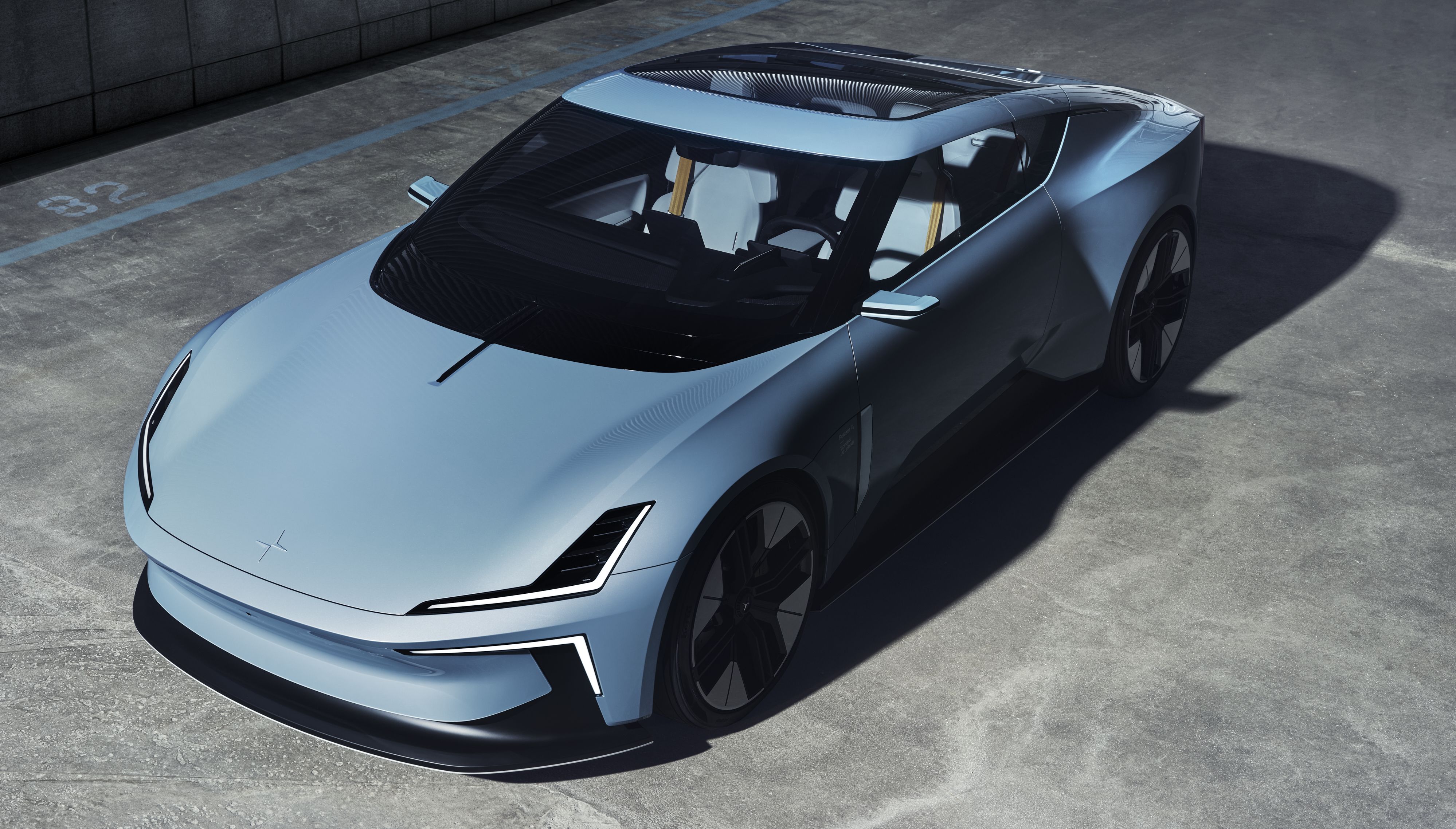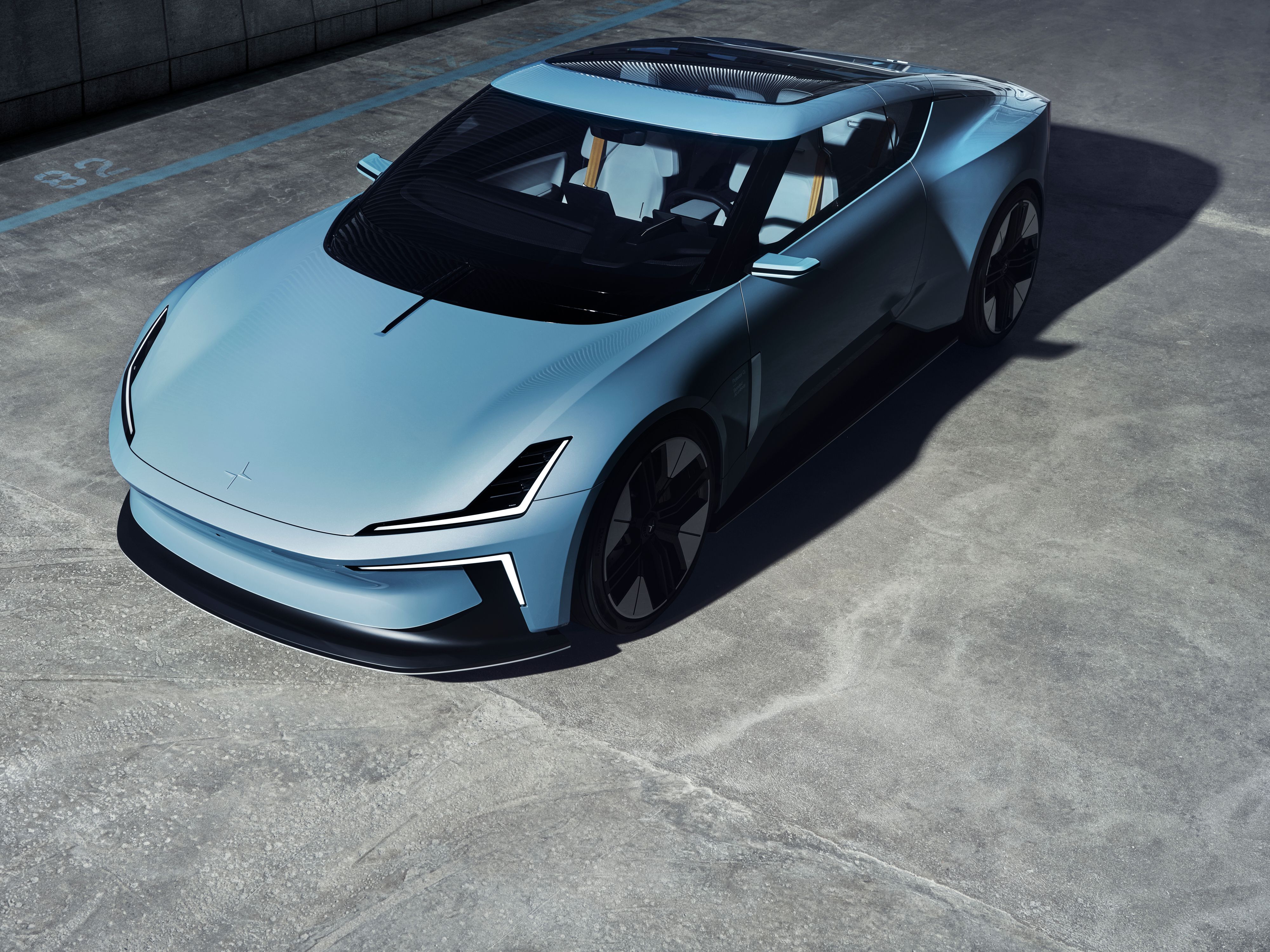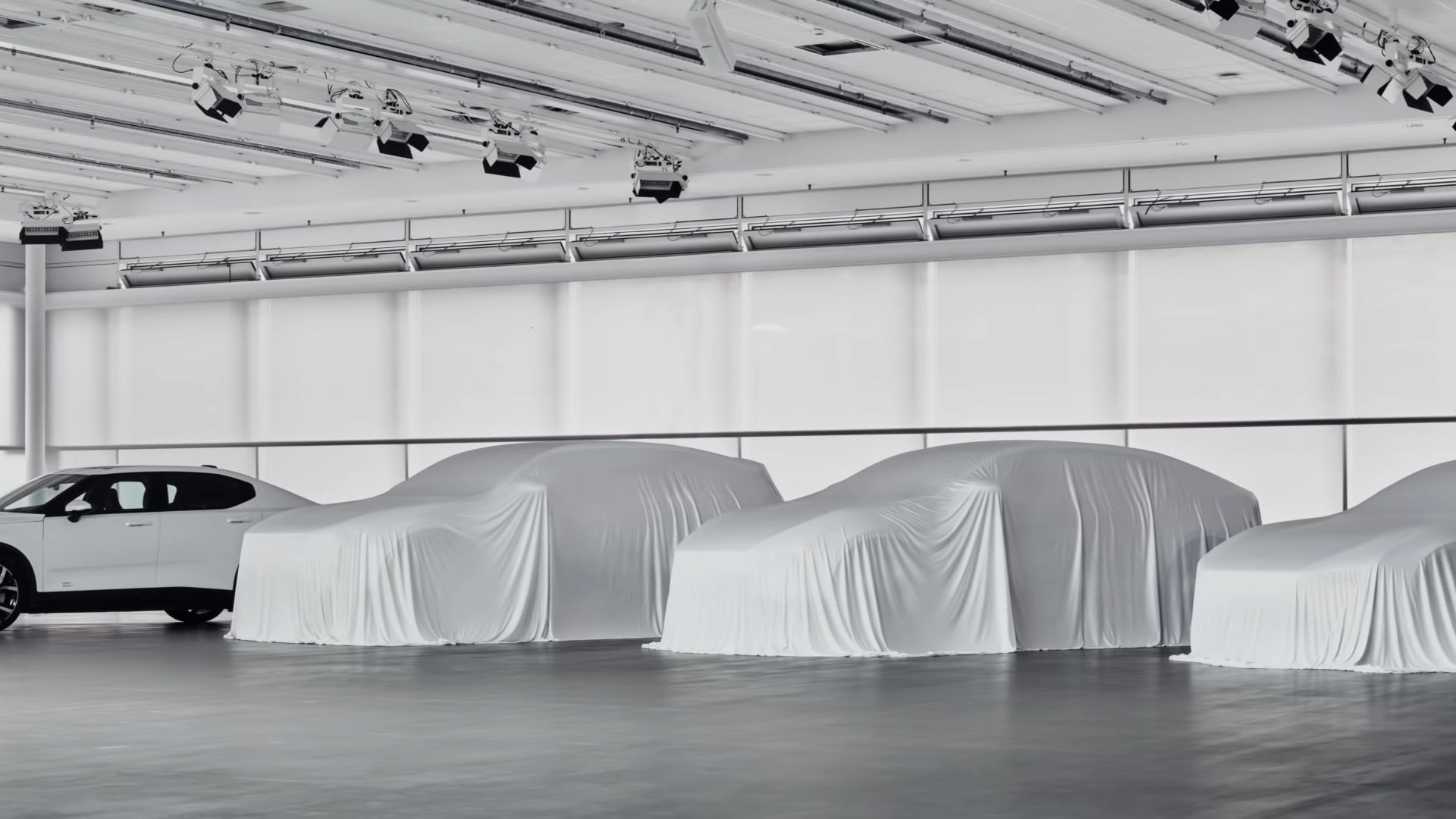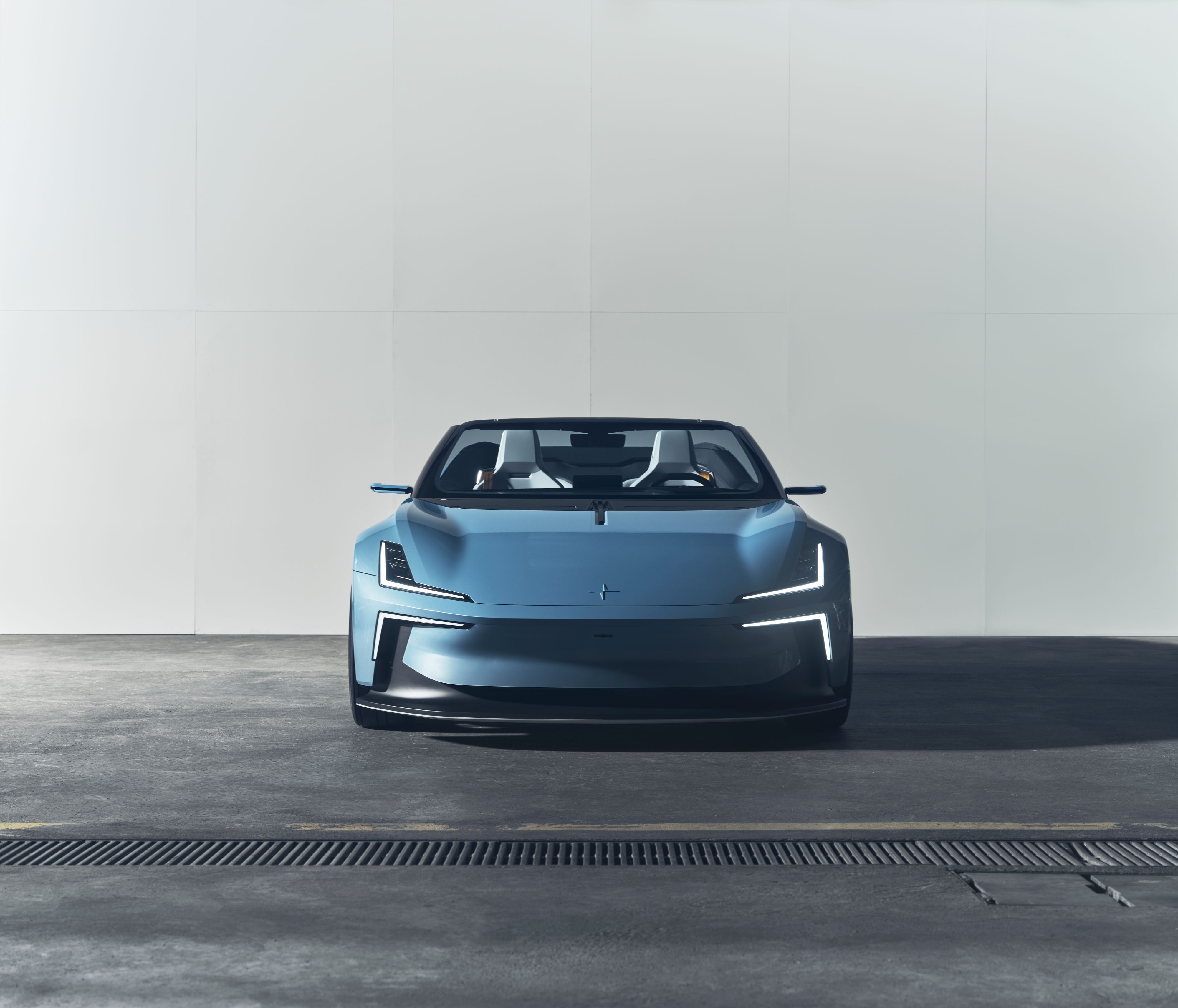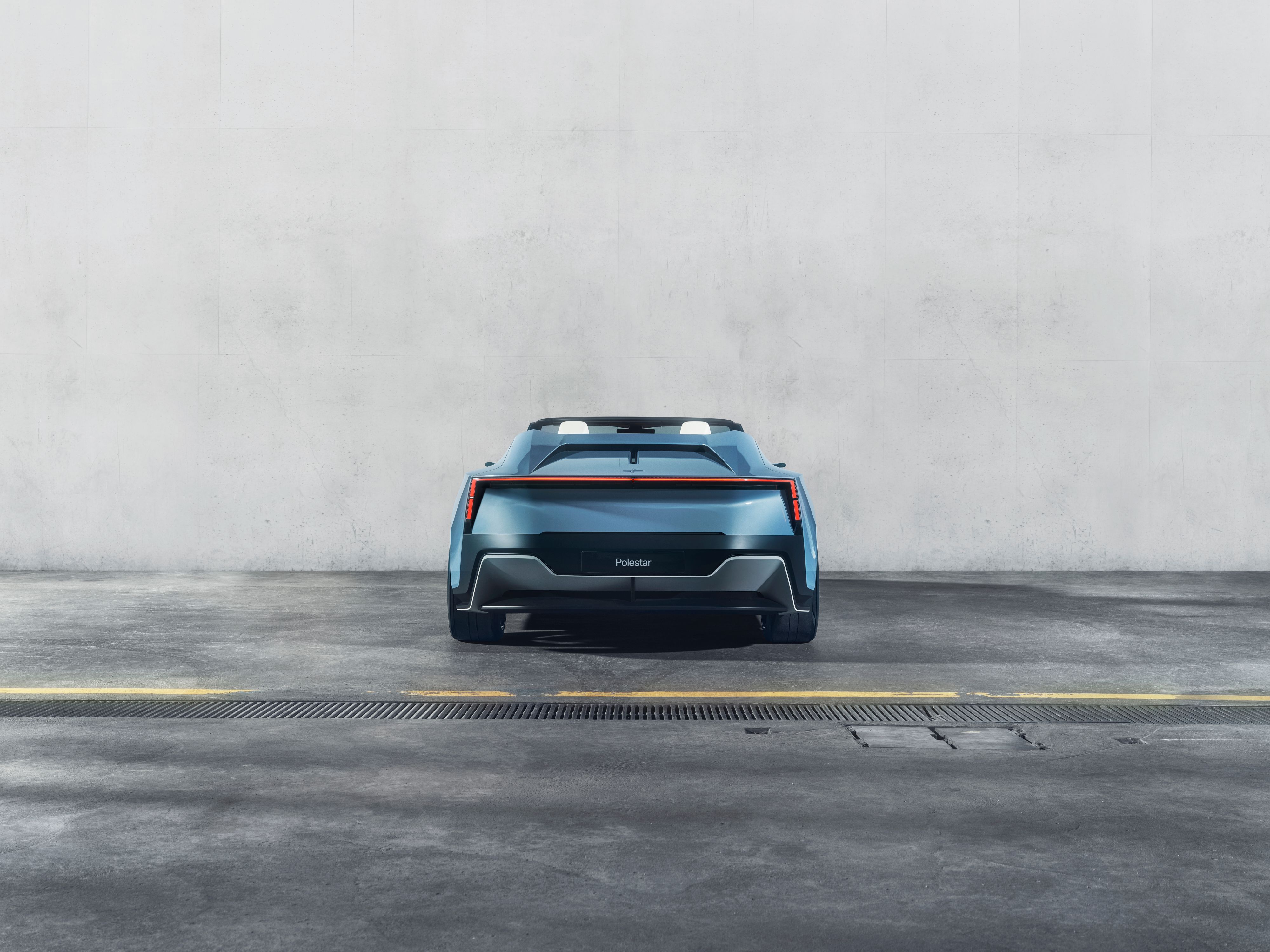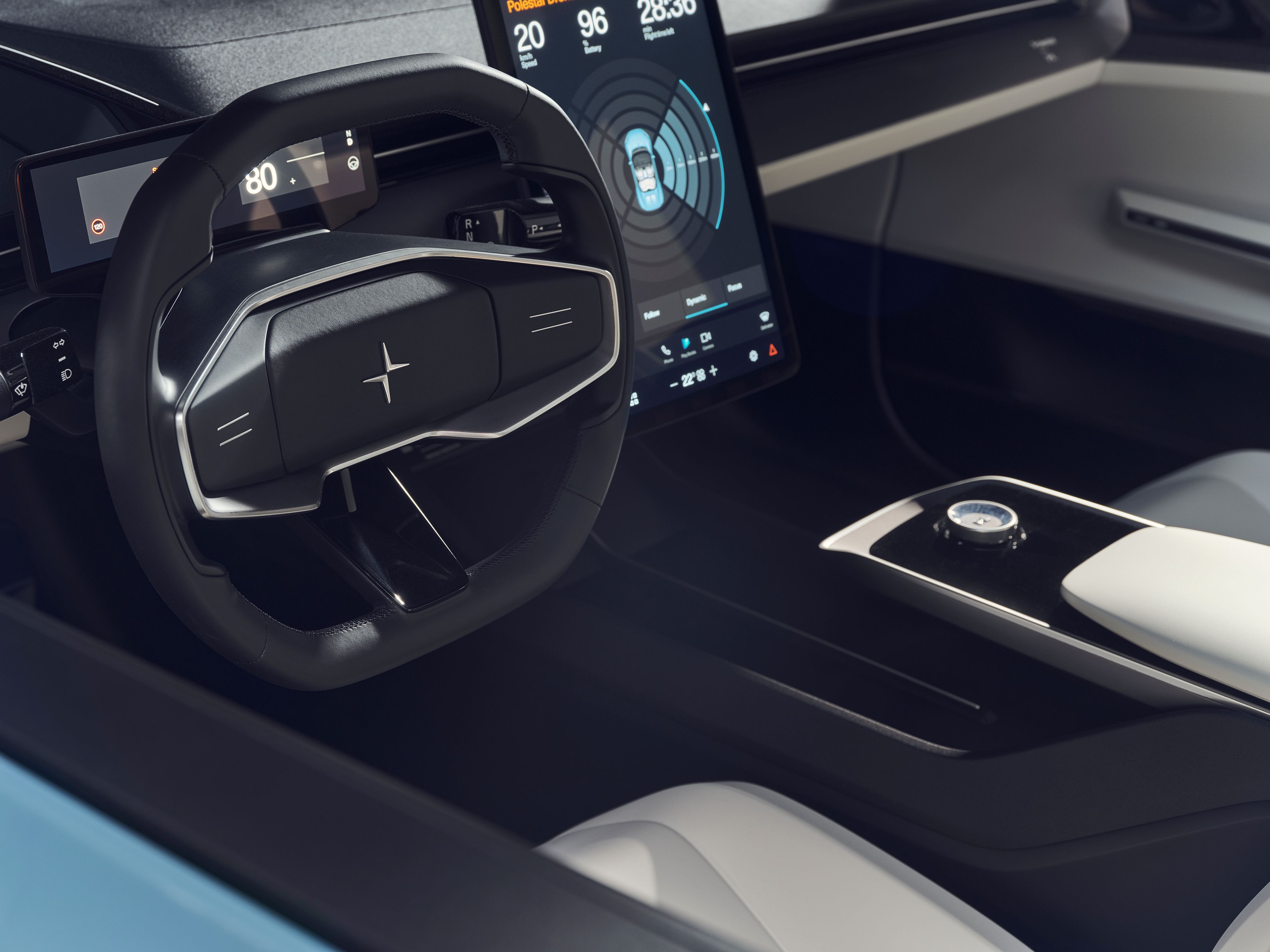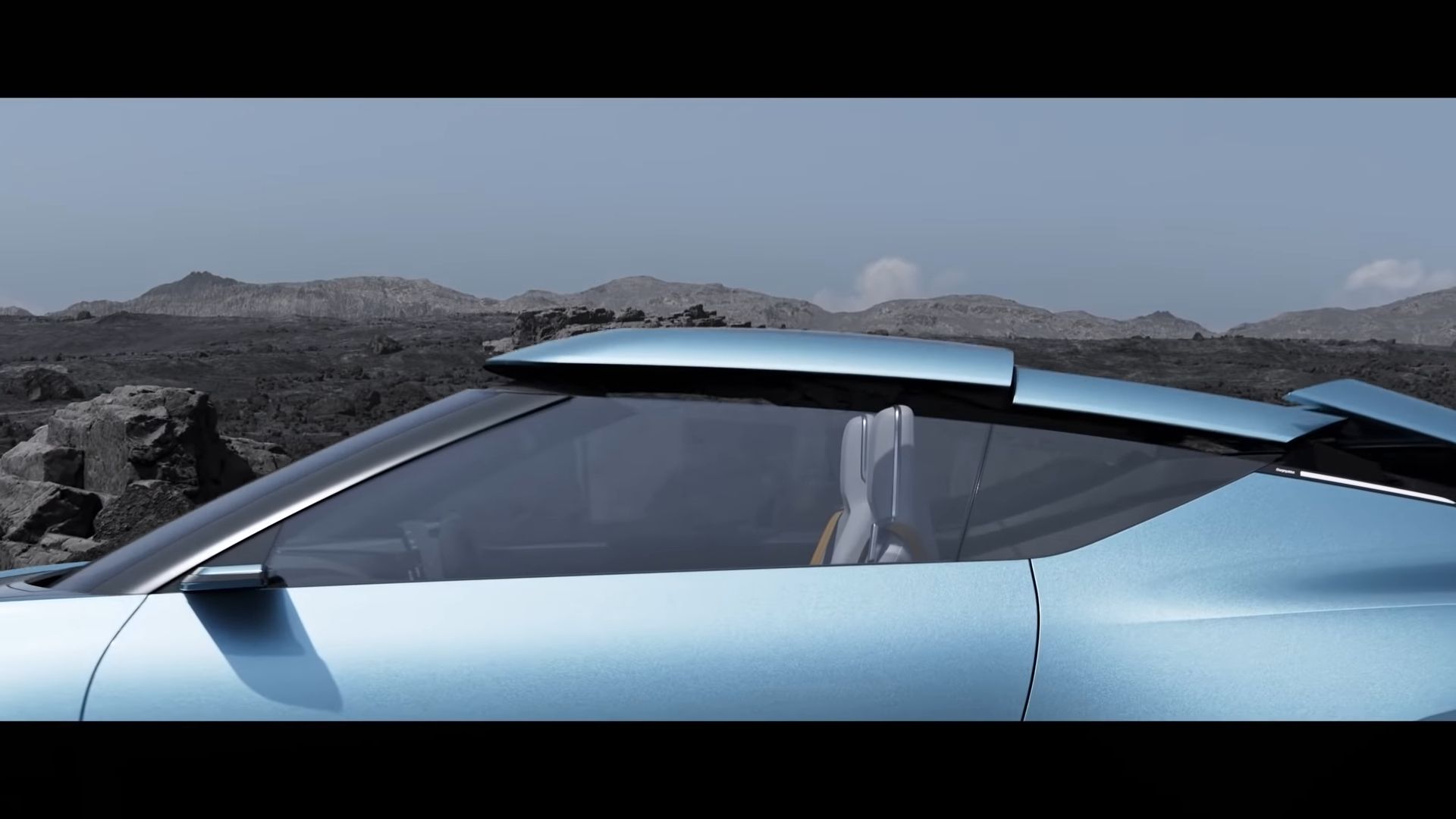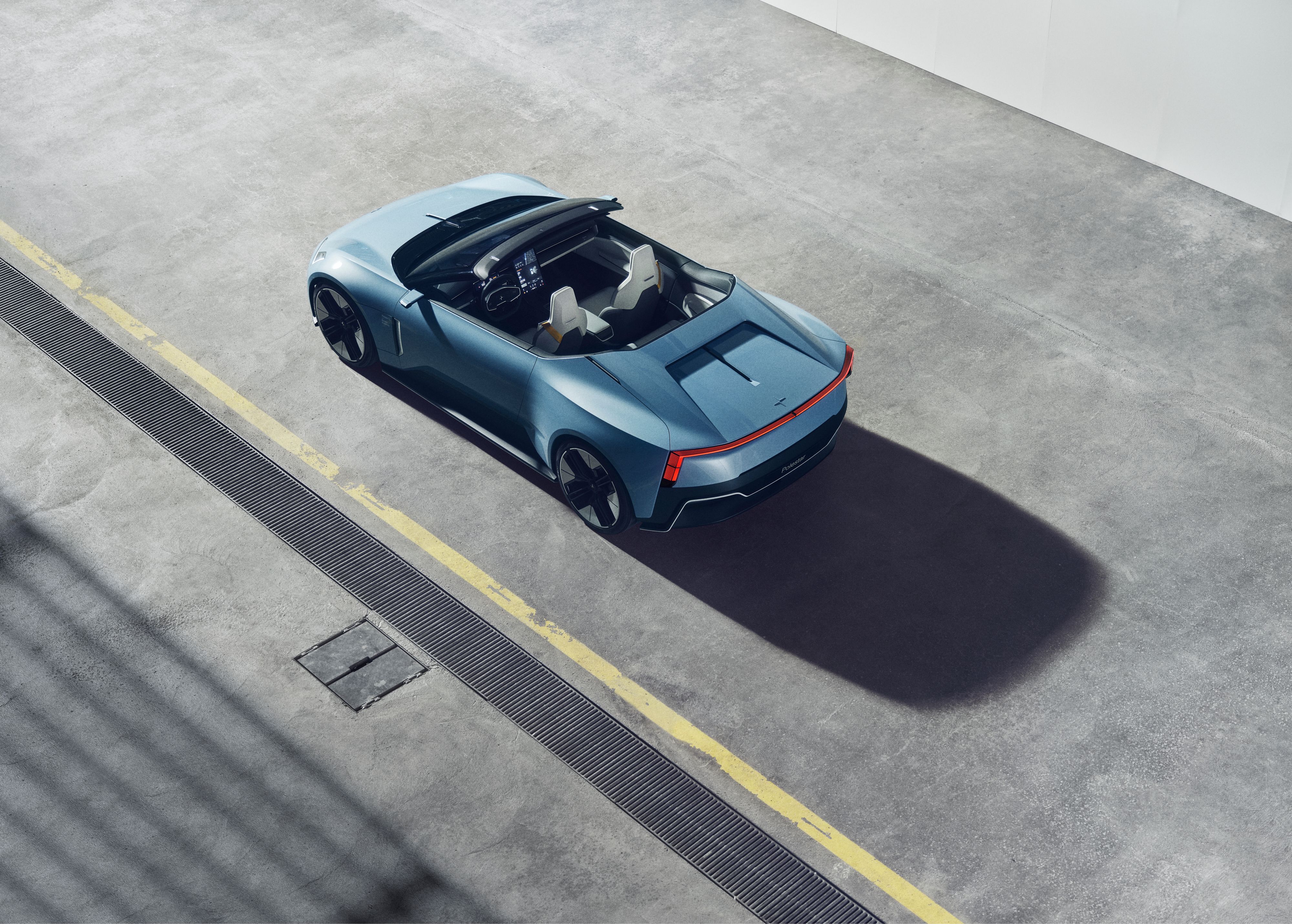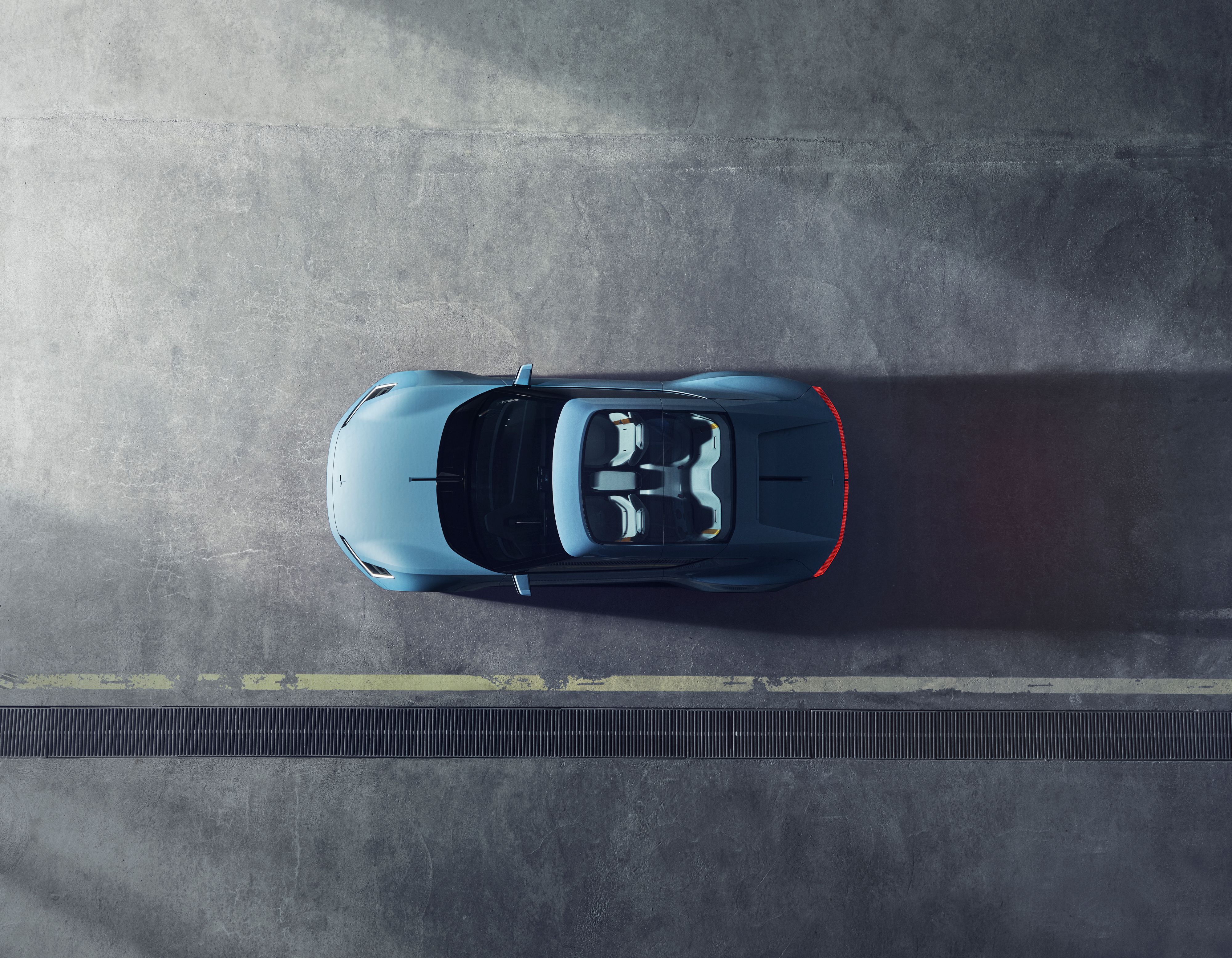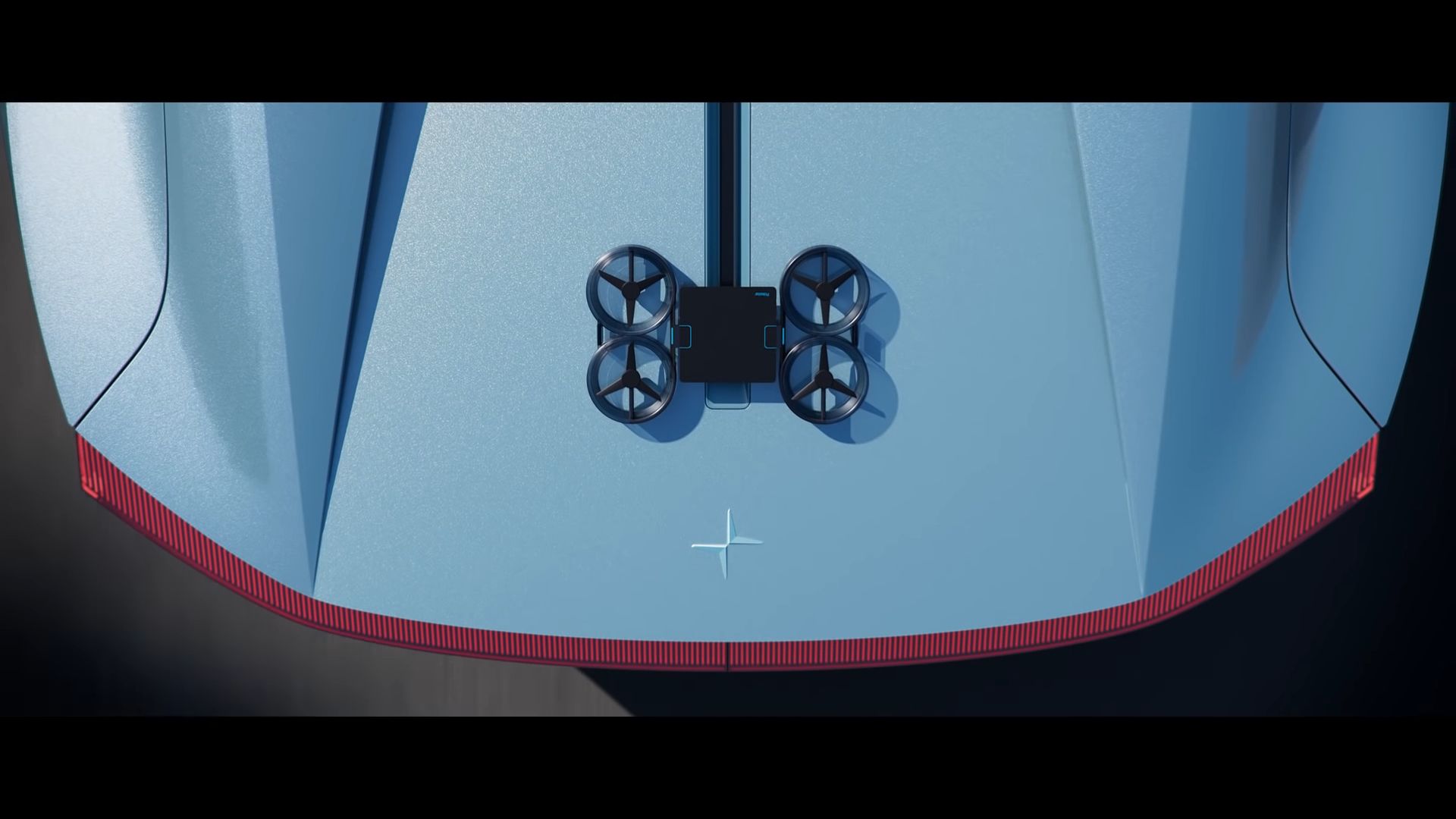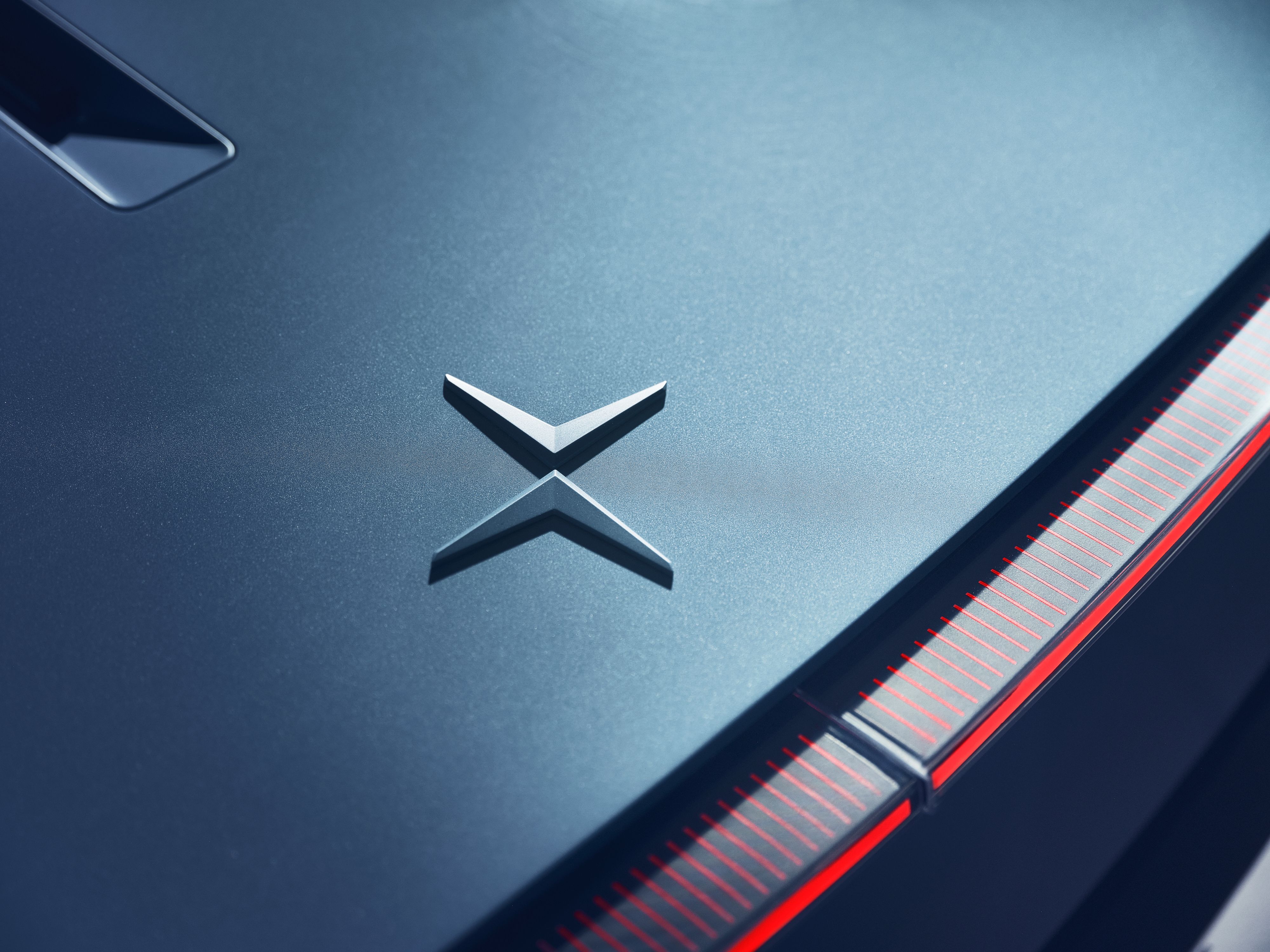This is the Polestar O2 Concept, a car that demonstrates what a fully electric Polestar roadster could look like. This concept also showcases the Swedish brand's forward-thinking approach to material selection and sustainability.
The concept of an all-electric roadster isn’t new. Tesla’s first production car was the OG Roaster based on a Lotus platform. While we do know that an all-new Roadster is in the works, Polestar has also decided to show off its interpretation of a Roadster in the O2 concept. This is especially strange how there are not really many options on the market considering how SUV-frenzy everyone is at the moment.
Overview
Following the Polestar 1 and the Polestar 2, which were based on Volvo’s, Polestar is working on three new models. The brand has established a goal of releasing a new model every year for the next three years, starting in 2022.
The Polestar 3 will be a Performance-SUV, followed by the Polestar 4, a coupe SUV with a sloping roofline, and finally by the Polestar 5, a sleek-looking four-door GT. Each new model will share features with both the O2 and the Polestar Precept, the brand's first concept vehicle.
Exterior Design
The Polestar brand is currently expanding its in-house design language with the O2 Concept. At first sight, the O2 appears to be just a roadster version of the Precept. However, put the two cars together and you’ll notice that the O2 has a sportier appearance thanks to its low and broad body stance. With its two-part headlamps and strongly sculpted yet minimalistic snout, you have a look that is truly unique to the Roadster.
The parallels are even more evident in the back. The O2 Concept, like the Precept Concept, has a single continuous LED lightbar as its taillight, which drops down dramatically at the corners, and these lights are functional aero parts. These tail lights span the entire width of the car and operate as "airfoils," which should boost also help the car's aerodynamics.
Speaking about the overall proportions the O2 concept has a lengthy wheelbase, which allows for a cabin that can seat four people. The O2 Concept is in fact a true four-seater roadster, not a just four-door GT. On a side note, view this car from the side and there’s a hint of R35 Nissan GT-R in there, don’t you think? Especially that sloping roofline.
Interior Design
Polestar has gone to great lengths to emphasize the use of sustainable materials on the O2 Concept. As one would expect from a concept car, the insides are pretty cutting-edge. Nonetheless, it is austere in style and bears little resemblance to the Precept's interior. In typical Scandinavian fashion, the theme is uber minimalist. In keeping with the time, screens are the dominant facet of the interior. The cabin of the O2 (as well as the Precept) sees the use of recycled polyester.
Polestar was also able to create quite a unique roof. It is, in fact, made almost entirely out of the glass along with what looks like quite a complex mechanism to retracted into the Targa-style rear deck.
Performance
Polestar is highly enthusiastic about O2's driving characteristics. The concept car, according to the Swedish automaker, aims to provide a lively and agile driving experience.
The brand’s British British R&D team created bonded aluminum for this platform. Polestar previously stated that this base should deliver the rigidity expected of a supercar. Polestar claims that the O2 Concept demonstrates that 'old-fashioned' driving pleasure does not have to be sacrificed when using an electric motor.
Because the O2 Concept is currently a design study, performance figures don’t necessarily make much sense. Having said that, according to CEO Thomas Ingenlath, despite the shorter wheelbase, the O2 Concept can theoretically hold the same battery pack as the Polestar 5. The production model could have somewhere in the ballpark of 500 horsepower and could spring to 60 mph in under three seconds.
A Stand Out Feature
This is a concept car after all and you can stretch the ideas as far your imagination goes and truly so, Polestar has included a fun 'gimmick' with the O2 Concept. The car features an onboard, built-in drone under the back seat, that was developed in collaboration with Hoco Flow. This drone can be released while that car is in motion with the ability to fly autonomously.
It can hit speeds of up to 56 mph. The drone can also return to the car on its own and uploads the photographs, which can then be viewed and edited on the central 15-inch display, giving you the ability to edit and share the videos on the fly. I can already imagine such a feature coming in handy when you stumble upon some stunning backdrops while you’re out exploring.
To Sum It Up
Polestar says that for the time being, the O2 Concept, along with the Precept Concept, serves as a preview of tit upcoming modes, i.e the 3, 4, and 5. Polestar has thus begun a new chapter with the O2 Concept. The Precept will be replaced by the Polestar 5, but the O2 Concept does not appear to be getting a direct production follow-up.

